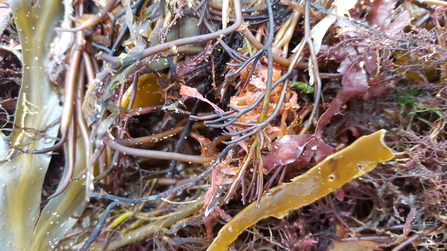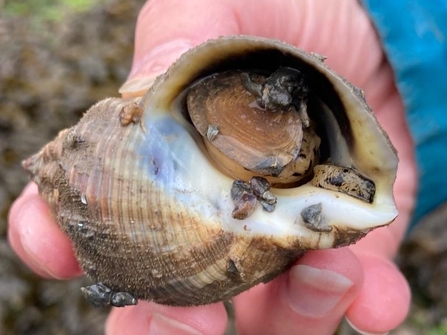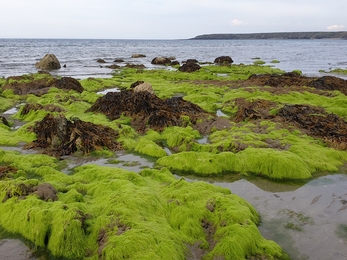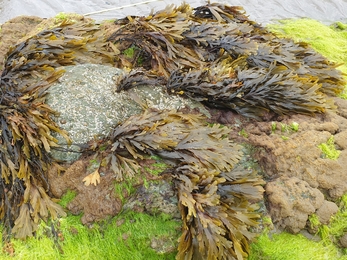The shore visited this month for the group surveys were Llandudno North East shores (Creigiau Rhiwledyn/Little Orme’s head SSSI); Church island, Menai bridge (Glannau Aberdaron SSSI) and Traeth penllech (Bae Lerpwl/Liverpool Bay SPA). We also had two visits to the Penmon area (Arfordir Gogleddol Penmon SSSI/Glannau Penmon-Biwmares ) for our volunteers to catch-up and move over to the level 2 of the Shoresearch Cymru training course.
Surveys completed
Number of quadrats: 20; Number of volunteers:13 (new attendees - 1)















